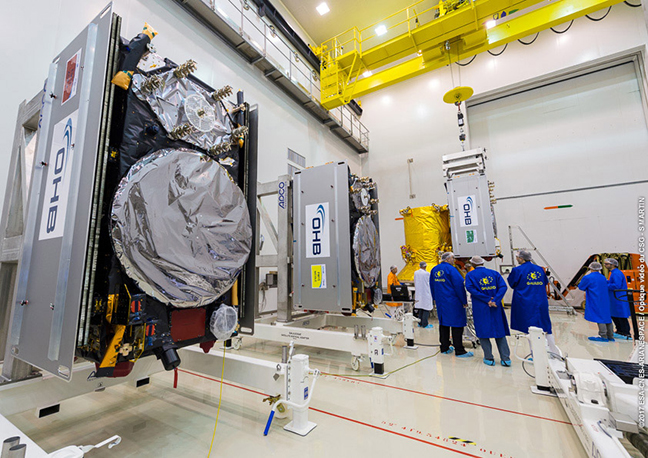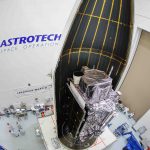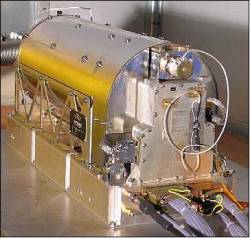UPDATE: Today’s the day. Check back to the Inside GNSS website for updates on today’s launch.
A European Ariane 5 rocket followed dual rail tracks across the Guiana Space Center in South America on Monday on the way to its launch complex Monday, a day before today’s scheduled blastoff with four satellites to expand the Galileo navigation network. Also, you can follow the launch live at Spaceflight.com.
UPDATE: Today’s the day. Check back to the Inside GNSS website for updates on today’s launch.
A European Ariane 5 rocket followed dual rail tracks across the Guiana Space Center in South America on Monday on the way to its launch complex Monday, a day before today’s scheduled blastoff with four satellites to expand the Galileo navigation network. Also, you can follow the launch live at Spaceflight.com.
The original article, below, was published on Dec. 7, 2017.
The mission payload of four Galileo navigation satellites is now ready to join up with its Ariane 5 launcher, in preparation for next week’s Arianespace’s year-ending flight from the Spaceport in French Guiana.
The spacecraft have been fueled and installed on their multi-payload dispenser system, clearing the way for transfer from the Spaceport’s S3B clean room to Ariane 5’s Final Assembly Building. The launch is scheduled for December 12.
Designated Flight VA240, the upcoming mission will mark Arianespace’s second use of an Ariane 5 ES version to loft spacecraft for Europe’s Galileo global navigation system – following the first four-passenger launch in November 2016 on the heavy-lift launcher.
This came after seven previous missions using the medium-lift Soyuz, which carried a pair of operational satellites each.
Flight VA240
Under civilian control, Galileo will offer a guaranteed, high-precision positioning service and features innovative technologies developed in Europe for the benefit of all citizens.
The European Commission (EC) holds overall responsibility for Galileo’s management and implementation, with the European Space Agency (ESA) assigned design and development of the new generation of systems and infrastructure.
Each of the Galileo passengers for Flight VA240 weighs approximately 715 kilograms and was built by OHB System in Germany, with U.K.-based Surrey Satellite Technology supplying the navigation payload. All four will be deployed into medium-Earth orbit by Arianespace.
In October, Inside GNSS reported that the EC had announced it had exercised one of its contractual options for Galileo and ordered four additional satellites from OHB System AG. In June 2017, the Bremen-based satellite producer had been awarded a contract for eight Galileo satellites under the Batch 3 tender.
Scheduled for a December 12 liftoff, Ariane 5’s mission with the four Galileo spacecraft will close out a busy year of launch activity for Arianespace. The company has conducted 10 missions from French Guiana so far in 2017 – involving five launches of the heavy-lift Ariane 5, two with the medium Soyuz and three with the lightweight Vega.
The ESA announced Galileo satellites 19–22 declared ready for flight on November 21, along with their Ariane. The satellites were flown in pairs to French Guiana in October. Once safely unboxed in the Spaceport’s cleanroom environment, they were tested to ensure they had suffered no damage during their transatlantic flights. Next came their “fit check”, when they were mechanically and electrically linked one by one to the dispenser that will carry them during their ascent to the target 23,500 kilometer-altitude orbit, before releasing them into space.
This launch will bring the total Galileo constellation to 22, boosting the global availability of navigation signals. Galileo began Initial Services just under a year ago, the first step before full operations, on December 15, 2016.






